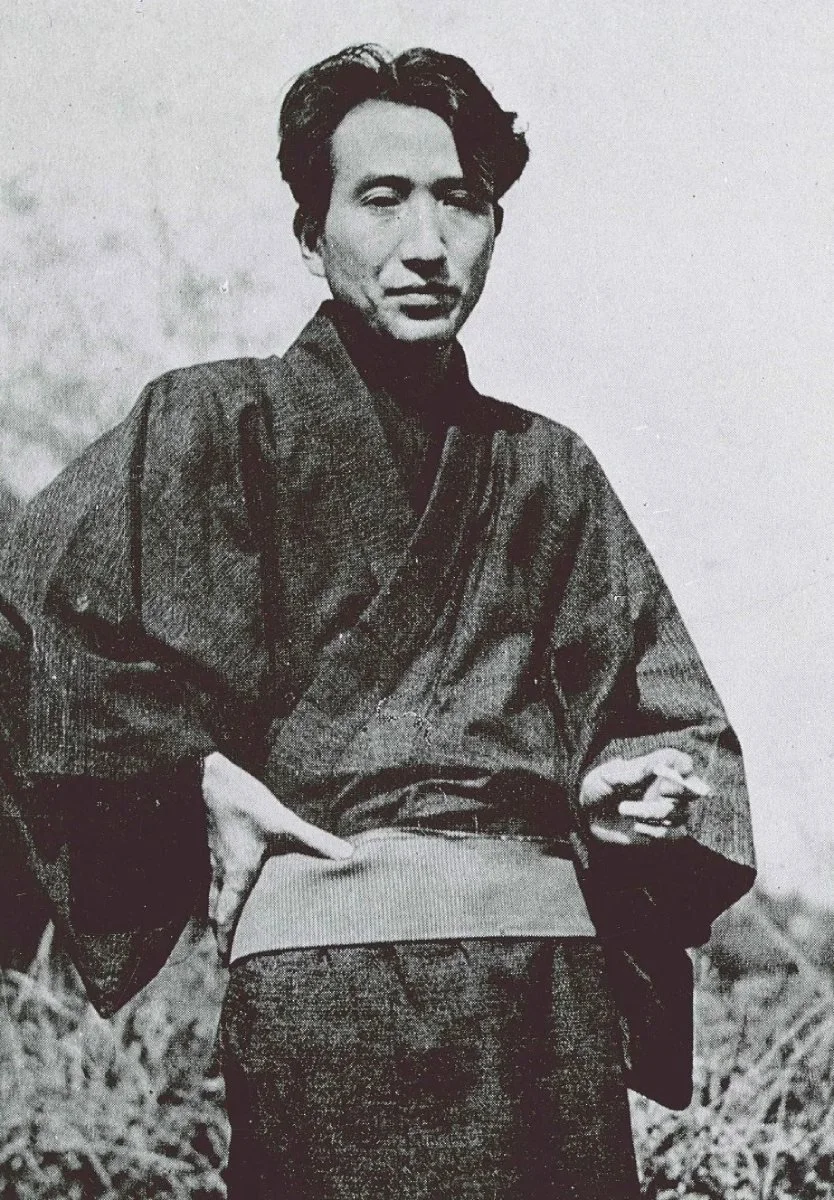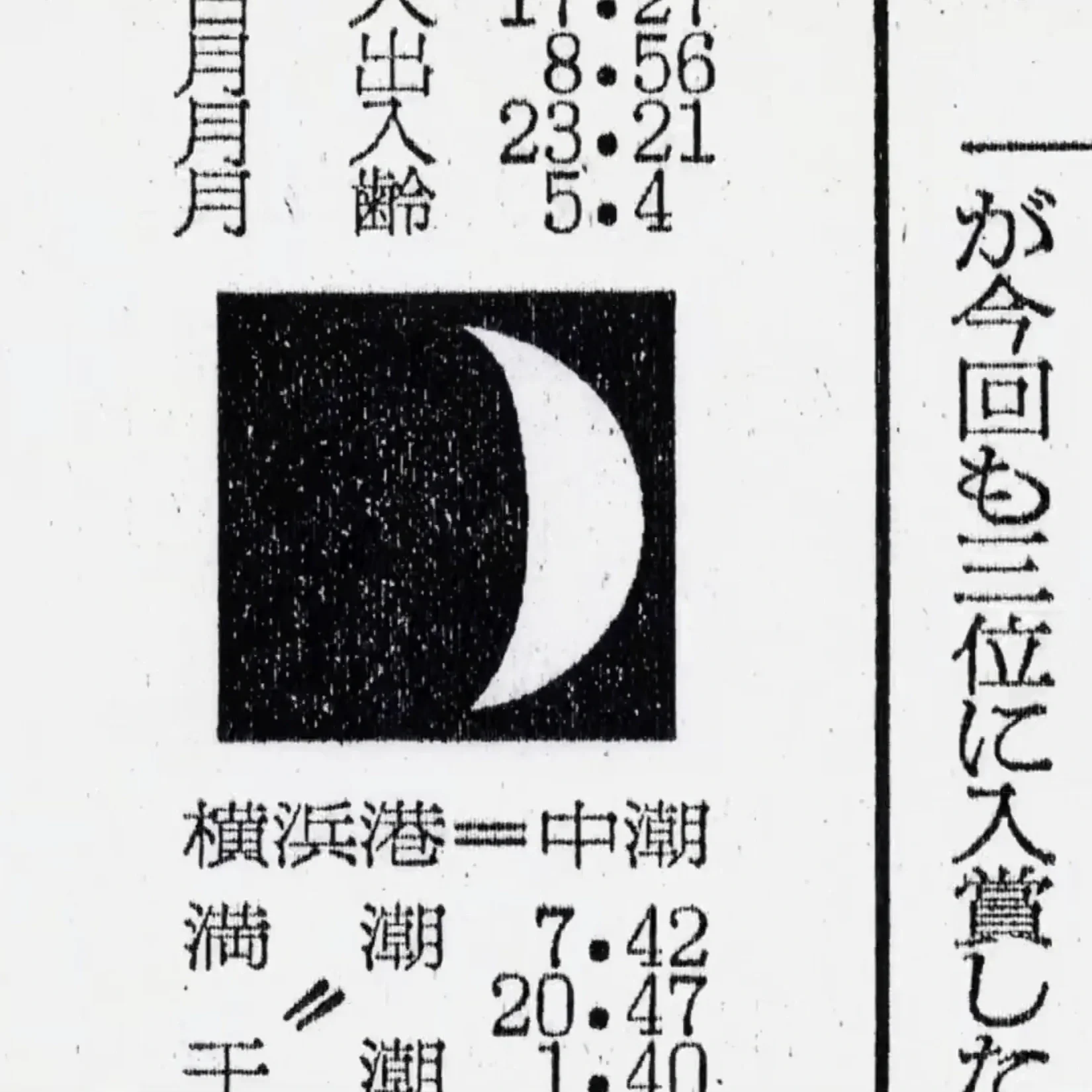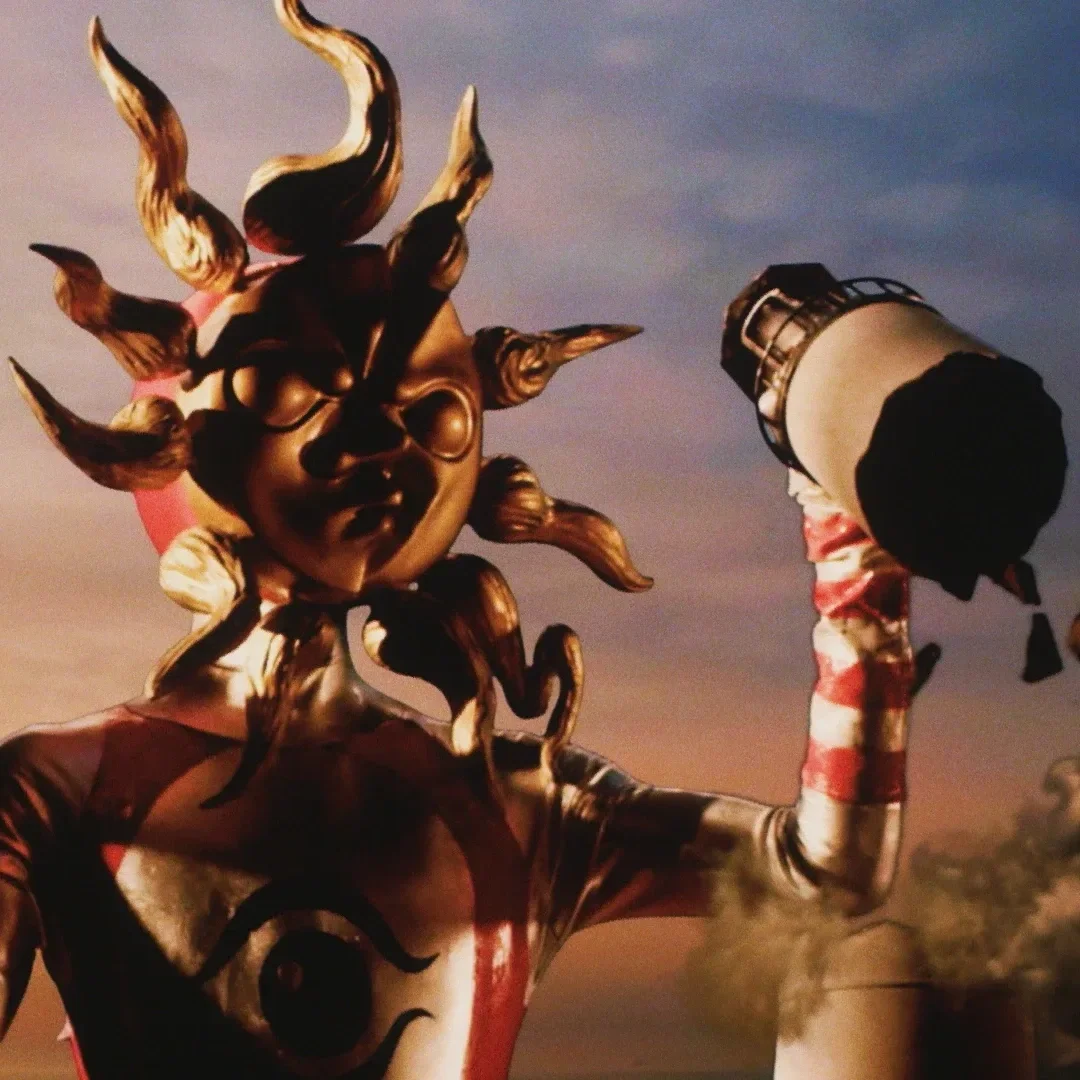Osamu Dazai and the Art of the Slow Collapse
Osamu Dazai│via Wikimedia Commons│© Tadahiko Hayashi
There’s something eerie about reading Osamu Dazai today. Not because of his death, though drowning in a canal with your lover does linger. Not because of his depression, though it claws through every line. But because Dazai, dead since 1948, feels like he’s writing from inside your head. Even now.
His novels and stories resist the reverent distance of literary canonization. It would be a pity to categorize them as classics rather than secrets. A paragraph in No Longer Human can go from absurdist humor to raw vulnerability in the space of a breath. One moment, the narrator is mocking himself for playing the clown; the next, he’s describing existential rot with precision. His writing is almost surgical, and the wound he opens is often your own.
This is Dazai’s signature: the ability to make you feel less alone by exposing his absolute isolation. That, and the fact that his life and literature were always inextricably entwined.
As the modern world accelerates toward curated personas, algorithmic intimacy, and quiet spiritual malnourishment, Dazai’s internal catastrophes feel less like relics of a postwar psyche and more like mirror images of now. His alienation is a prelude to the digital condition. That makes this moment, when a new generation of his stories are being retranslated and rediscovered, a particularly apt time to look back, if only to see how far ahead he actually was.
Failure as Form
Born in Shūji Tsushima in 1909 to a wealthy but cold aristocratic family, Dazai never quite fit the mold he was born into. He admired the tortured genius Ryūnosuke Akutagawa and tried to follow his path, right down to the suicide attempts. In between, Dazai dropped out of school, flirted with communism, got disowned, married, remarried, got sick, and wrote like he was running out of time.
His early stories are messy and volatile. Take Recollections (1933), a bitter mockery of his own privileged upbringing, or Villon’s Wife (1947), where the female narrator quietly absorbs the fallout of her husband’s chaos, clear shades of Dazai’s long-suffering partners.
But it’s Schoolgirl (1939) that marked his real arrival. Written entirely in the voice of a bored, angry teenage girl over a single day, it shouldn’t work. The narrator cycles through vanity, shame, lust, pride, and sudden philosophical clarity, sometimes all within the same paragraph.
Then came the book that made him a legend. Ningen Shikkaku (No Longer Human, 1948) is Dazai’s masterpiece and, for many, the final nail in his coffin. The novel follows Oba Yozo, a man who cannot figure out how to be a person. He’s empty but fully aware of his emptiness. The structure is fragmented, told through notebooks discovered after his disappearance, giving the entire book a ghostly, retrospective quality.
It’s annihilating yet resonating. Especially in an age where identity is curated, disconnection is digital, and everyone is just a little bit performative. Dazai was writing about alienation before it was fashionable. Before it was commodified.
Osamu Dazai│via Wikimedia Commons│© Yoshiaki Watanabe
The Cult of Dazai
In Japan, Dazai is a literary saint and a cautionary tale. Teenagers quote him on message boards. His face is on merchandise. No Longer Human is still one of the best-selling novels of all time in Japan. He even shows up as a trench coat–wearing character in anime (Bungou Stray Dogs), complete with suicidal quips and superpowers.
Outside Japan he was slower to catch on. His work has always been available in translation, but something about his tone, that morbid wit, that sense of laughing at the void, can be hard to capture in English.
Part of the challenge lies in tone. Dazai’s prose is slippery: it mixes irony with sincerity, tragedy with farce, often in the same sentence. He writes with the cadence of a stand-up comedian spiraling into a confession. Translators face the unenviable task of rendering that kind of intimate chaos without either sterilizing it or veering into parody.
But slowly, something is shifting. In recent years, Dazai has begun to attract a growing international cult following, one that mirrors the intensity of his domestic fanbase. Readers searching for literature that speaks to alienation in an overstimulated, disenchanted world are discovering that Dazai was already writing it.
This September, Osamu Dazai resurfaces, appropriately, from the depths. Retrograde, a forthcoming collection from One Peace Books, gathers three of his lesser-known short stories in new translations by bilingual poet Leo Elizabeth Takada. Takada’s voice, described by Japanamerica’s Roland Kelts as “infectiously readable and often piercingly ironic,” meets Dazai’s half-joking despair with a steady hand.
The collection begins with the title story, Retrograde, a psychological spiral that charts the protagonist’s life in reverse, from a failed suicide attempt back to the moments that unmade him. Followed by: Das Gemeine, a biting narrative about a writer and an unhinged violinist, full of autobiographical venom. Finally, Blossom-Leaves and the Spirit Whistle closes the set with a strangely gentle tale of death, memory, and cherry blossoms falling like snow.
Taken together, the stories paint a Dazai in flux: not yet the author of No Longer Human, but already circling its shadows.
Still Broken, Still Brilliant
There’s no neat way to sum up Dazai. Just when you think he’s pitying himself, he skewers himself instead. Just when you expect despair, he delivers a joke. A good one, too.
What remains is a body of work that still cuts through the noise. Not because of its darkness, but because of its clarity. Dazai didn’t ever dress up his pain. And maybe that’s why, nearly 80 years after his death, we’re still reading him. Still haunted by him. Still looking for ourselves in the margins of his ruin.








Before Harajuku, Shoichi Aoki archived the world’s fashion.